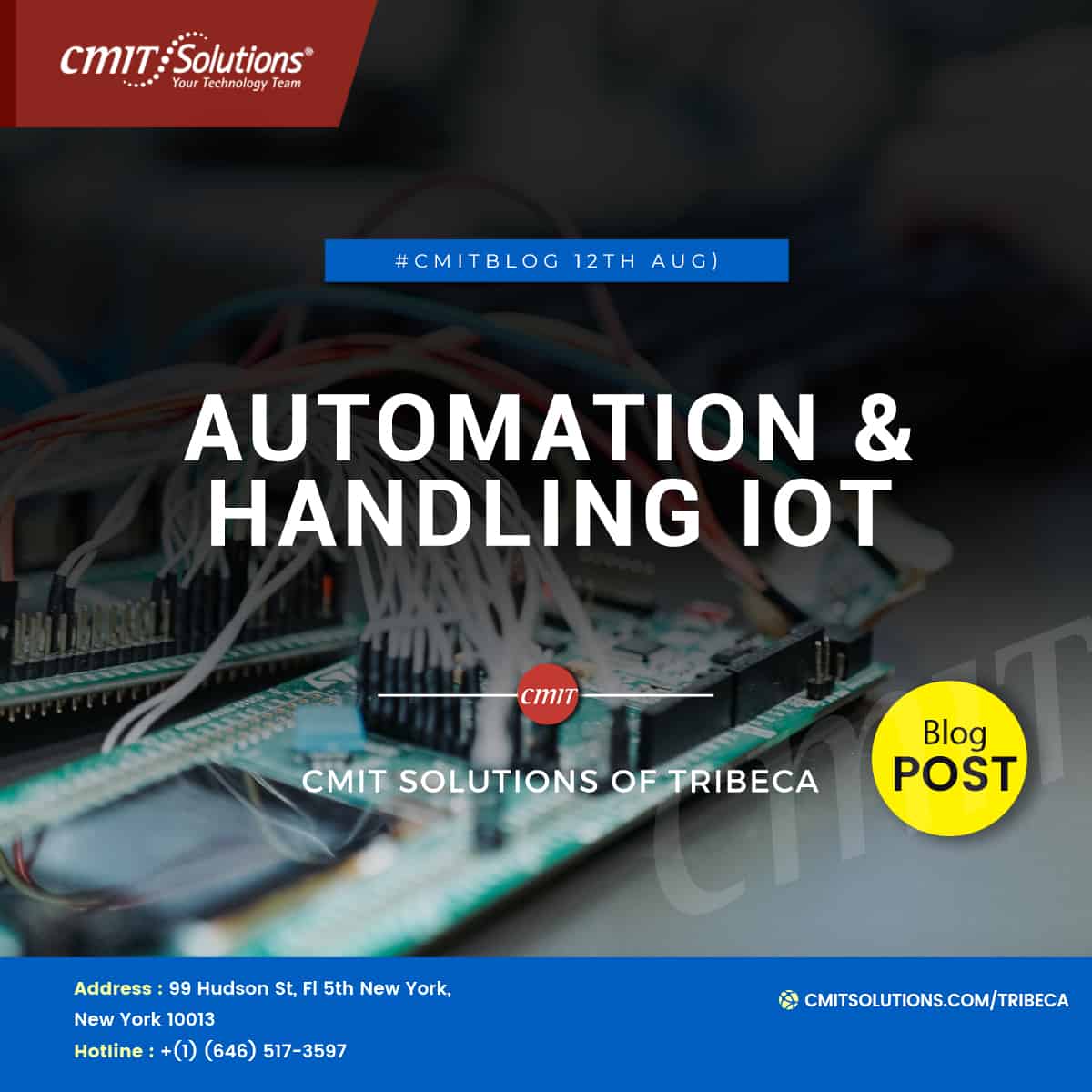AUTOMATION v/s US
Inspired by science fiction novels and Robert Langdon we seem to have resigned to our fate of usurpation. Abundant research has been conducted on the topic of automation, which back different schools of thought. The consensus, however, is that of replacement- replacement by Artificial Intelligence in all spheres of ‘life’, or shall we say the nouveau ‘binary life’. Some theories expound the fusion of humans and bots. However debatable the theory maybe, one has to be living under a rock to not notice the rampant rise of the machines.
For all of the chatter and speculation around machine learning (and the overlapping phrase “self-learning systems”), it’s still very early days for most organizations in terms of actual implementations. Machine learning has played a significant role in the recent waves of IT automation. For example, when we buy a particular product online, we are automatically recommended similar and/or related products. Machines have been endowed with the ability to predict.
Machine learning can enable automated systems to provision and retire additional resources as per the demands of the situation. IT automation is progressing towards self-learning. This would mean that systems would be able to test and monitor themselves, assisting and enhancing business processes.
The first two trends don’t necessarily indicate that we’re all going to be out of a job. What it does indicate is changes to various existing roles and the creation of new ones altogether. Change is the driver of the IT sector and will continue to function as such.
A machine is capable of only considering the variables given – it can’t choose new variables or change the existing ones. Only humans are endowed with the ability to envision, machines merely execute. New functionalities still require human supervision for guaranteed success, not everything can blindly be trusted to machines. This has heralded the era of automation skills and AI- programming and coding have become essentials.
The fundamental reason IT automation has grown exponentially is that it creates immediate value by reducing the amount of manual effort required to a fraction.
The operations staff is still required to manipulate how automation responds to events. The next stage of adopting automation requires a system that can recognize events occurring across the IT spectrum and respond to them befittingly and autonomously at any given time. This system should be such that operations engineers must be able to rely on this system to respond in the same way they would.
The term ‘automation’ brings a stigma with itself. It spawns a lot of uncertainty and concern, which chiefly stems from misinformation and lack of awareness. Though the concern is legitimate there is enough evidence to prove otherwise.
AI and machine learning is a way to augment the existing human resources, not replace them. Automation has historically created room for more jobs by lowering the cost and time required to accomplish smaller tasks and refocusing the workforce on things that cannot be automated and require human labour. The nature of jobs has changed, employees are more satisfied with being actively involved in the main functions of the organization, than performing mundane activities. Automation has also helped IT groups reduce the security risks associated with maintenance tasks.
It is human to err, but not a machine to err! The point of the failed pun being that the risk of human error which can cost companies very heavily can also be eliminated with automation. For example, in banks traditionally tellers were expected to count currency by hand. This was a laborious task with a high margin of error. However, the invention of the note counting machine didn’t put tellers out of jobs it made them more efficient and equipped, thereby making banks more efficient. Organizations are embracing change and adopting new methods of work.
Automation could be the key to keeping businesses from making headlines for a security breach!
HANDLING THE IoT
Taking calls from smartwatches while simultaneously working in the kitchen has become a common sight for working professionals. We’ve become master multi-taskers with the advent of the Internet of Things. IoT has gone from being a mere fantasy to the reality of the digital world. With the constant flow of data in organizations due, security has become a primary concern. The looming threat of security breaches is here to stay and test the preparedness of organizations. Companies need to be cognizant of their IoT policies.
The Internet of Things is a massive network of interconnected devices, many of which have not traditionally been known for its network connectivity such as watches, kitchen appliances, etc. It may seem like the IoT may trigger disasters waiting to happen, considering their omnipresence. This need not necessarily be the case, organizations can curtail the influence of IoT, but not eliminate it.
The ‘Internet of Everything’ is widely used today. The benefit of IoE is derived from the compound impact of connecting people, processes, data, and things. The value generated by the increased connectivity as ‘everything’ comes online is IoE’s onus. Essentially IoT focuses only on the ‘things’ present in the network that sends and receives data, while, IoE is a broader term that encompasses technology and people at the end-nodes.
Connected devices have become a part of almost every business industry, with devices including sensors for shipping and logistics, automated manufacturing process, and connected HVAC systems machine learning for predictive maintenance. These perform the functions of data collection, exchange, and analysis of the various business touchpoints across the business processes.
When the data from these elements is fed, businesses can gain great insights to help them understand their workflow, drive productivity, and increase efficiency better. The business processes can be transformed according to the analysis. By streamlining pre-existing processes, organizations are in a position to consider potential new avenues.
When deliberating about the influence of IoT in business, it is imperative to realize that organizations can’t completely stop all mobile IoT devices from entering into offices because it’s an impossible and impractical demand. There will always be employees who ignore the rules regarding wearable technology or IoT devices. Understanding this is critical to protecting an organization’s network infrastructure.
While all devices can’t be kept off the network, measures can be set in place to limit their influence. Implementing adequate security measures could be the first step. This would possibly entail a unified threat management system to keep the affected devices from causing trouble for the organization. The new Bring Your Own Device policy will require employees to pay heed to certain rules so that it doesn’t turn into a threat. The use of personal devices must be regulated.
Organizations need to consider that as more devices gain access to their network, the danger mounts as the stakes are higher than ever before.
The IoT is an evolving reality of many businesses and industries today. Standards, technologies, devices, and applications continue to advance as various elements in the IoT ecosystem come up with new forums, new data analysis models, and ever-evolving definitions and views to make IoT projects better and smarter, while simultaneously tackling challenges regarding regulation, security, and data.




